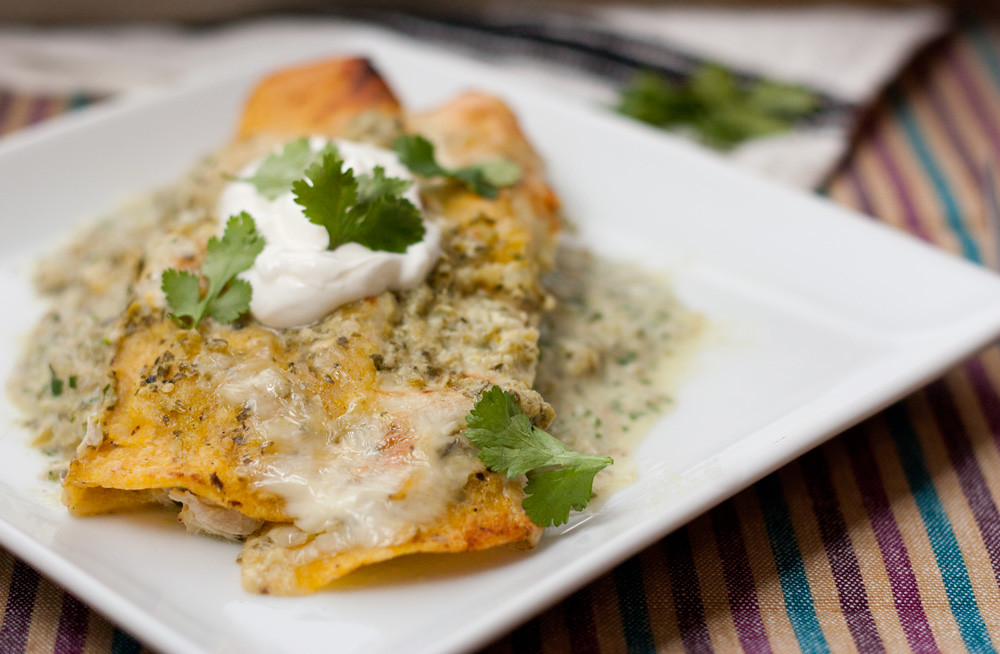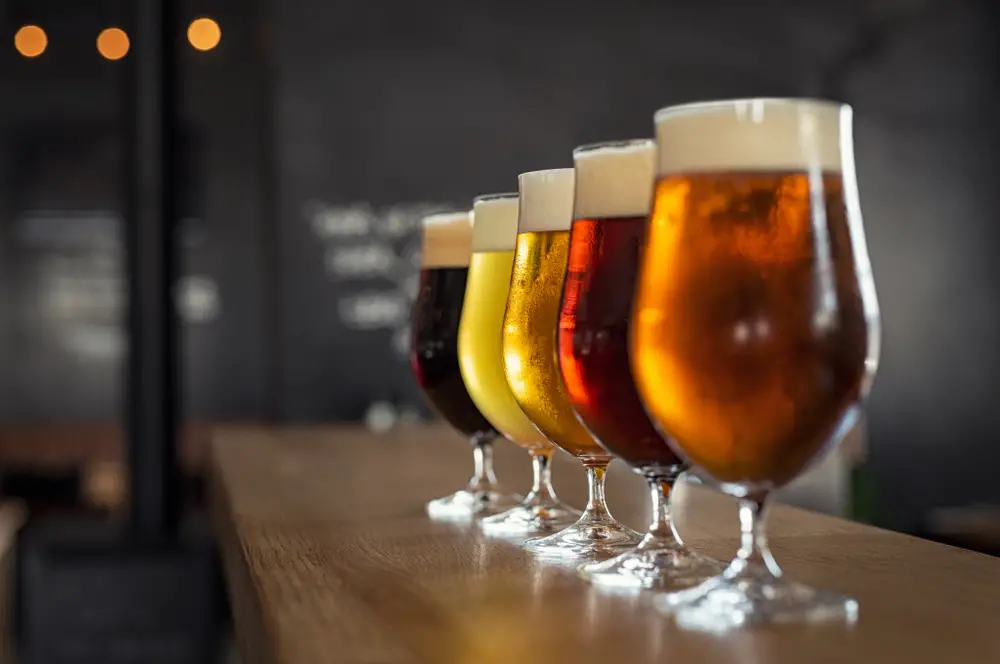Tasting wine is an art form that combines the senses of sight, smell, and taste to fully appreciate the complexity and character of a wine. Whether you are a beginner or an experienced wine enthusiast, understanding how to properly taste wine can enhance your enjoyment and deepen your appreciation of different wines. Here’s a comprehensive guide on how to taste wine, from the basics to more advanced techniques.
Choose the Right Glassware
Start with the right glass. Different styles of wine are best appreciated in specific types of glasses that enhance their unique characteristics. For example, red wines are typically served in larger bowls to allow the wine to come into contact with more air, enhancing its flavors and aromas. White wines, on the other hand, are served in glasses with smaller bowls to concentrate the more delicate aromas.
Look at the Wine
Observing the wine’s color and clarity can give you clues about its age and quality. Tilt the glass against a white background or a light source. Younger red wines are often vibrant and deep in color, while older reds may have a brick-like hue. White wines may gain a deeper yellow or amber color as they age.
Swirl the Wine
Swirling the wine in the glass helps to aerate it, releasing its aromas. Place the glass on a flat surface and gently swirl it by the stem. This action also allows you to observe the wine’s legs or tears that run down the side of the glass, which can give you an indication of its alcohol content and body.
Smell the Wine
The bouquet and aroma of a wine are critical components of its character. After swirling, bring the glass to your nose and take a deep breath in. Try to identify the different scents. Wine aromas can be broken down into three basic categories: primary (fruit, floral, and herbal notes directly from the grapes), secondary (aromas from fermentation, like bread or yeast), and tertiary (complex aromas developed from aging, such as vanilla, smoke, or nuts).

Taste the Wine
Finally, take a sip of the wine, but don’t swallow it immediately. Let it linger in your mouth, swishing it around to cover all your taste buds. Think about the balance between sweetness, acidity, tannins, and alcohol. Is it harmonious or does one element dominate? Also, consider the wine’s body (light, medium, or full) and the flavors you can detect, which might echo or differ from the aromas you smelled.
Consider the Finish
The finish refers to the taste that remains in your mouth after you’ve swallowed the wine. A longer, more pleasant finish is often indicative of a wine’s quality. Reflect on the persistence of the flavors and how they evolve over time.
Record Your Impressions
Keep a wine tasting journal or use an app to record your impressions of different wines. Note the wine’s name, producer, region, vintage, and the flavors and aromas you detected. Over time, this will help you refine your palate and discover your personal preferences.
Wine tasting is a subjective and personal experience, but learning how to taste wine systematically can greatly enhance your understanding and enjoyment. By paying attention to the details of each step, from the appearance and aromas to the flavors and finish, you’ll be able to appreciate the complexity and craftsmanship that goes into every bottle.
Advanced Tips for Wine Tasting
As you become more experienced with tasting wine, you might want to delve deeper into the subtleties that make each wine unique. Here are some advanced tips to further refine your wine tasting skills:
Compare and Contrast Wines
One of the best ways to hone your tasting skills is to taste wines side by side. Comparing similar wines from different regions, vintages, or grape varieties can help you understand the nuances that distinguish them. This practice can also highlight the influence of terroir, winemaking techniques, and aging processes on the wine’s character.
Focus on the Structure
Beyond the basic taste components, pay attention to the wine’s structure. This includes its acidity, tannins, alcohol level, and how these elements are balanced. A well-structured wine should have a harmonious balance, with none of the components overpowering the others.
This balance contributes to the wine’s overall mouthfeel and longevity.
Explore the Impact of Temperature
The temperature at which a wine is served can significantly affect its flavors and aromas. Experiment with serving temperatures to see how they change your perception of the wine.
Generally, white wines are served cooler than red wines, but slight adjustments can reveal new dimensions in a wine’s profile.
Practice Blind Tasting
Blind tasting, where the label and often the color of the wine are concealed, can be an enlightening way to focus purely on the sensory experience without preconceived notions.
This practice challenges you to rely on your palate and olfactory senses to identify the wine’s characteristics, grape varieties, and possibly even its origin and vintage.
Develop Your Descriptive Vocabulary
The more you taste, the more important it becomes to accurately describe what you’re experiencing. Expand your descriptive vocabulary by learning terms that sommeliers and wine professionals use. This not only helps in communicating your thoughts about a wine but also in understanding tasting notes and reviews written by others.
Engage with the Wine Community
Joining wine tasting groups, attending wine seminars, or participating in wine-related social media platforms can expose you to new wines, different perspectives, and the vast knowledge of the wine community. Engaging with other wine lovers can inspire you to explore unfamiliar wine regions, varieties, and styles.

Keep an Open Mind
The world of wine is vast and constantly evolving. What might not appeal to you now could become a favorite in the future as your palate changes. Keep an open mind and be willing to try wines outside your comfort zone. This openness can lead to delightful discoveries and a deeper appreciation for the diversity of wine.
In Summary
Mastering the art of wine tasting is a lifelong journey filled with continuous learning and discovery. By integrating these advanced techniques and tips into your practice, you’ll enrich your wine tasting experiences and develop a more nuanced understanding of this fascinating beverage. Whether you’re enjoying a casual glass at home or evaluating fine wines professionally, the key to wine tasting is to savor each moment and cherish the stories and craftsmanship behind every bottle.
FAQ on Wine Tasting
How many wines can I taste in one session without affecting my ability to evaluate them?
The number of wines you can taste in one session before palate fatigue sets in varies from person to person. As a general guideline, professionals often limit themselves to tasting between 20 to 30 wines in a professional setting, with breaks and palate cleansers (like water and plain crackers) in between. For a more casual or recreational setting, sticking to around 4 to 6 wines can help maintain your ability to discern and enjoy each wine’s unique characteristics.
What’s the best way to cleanse my palate between wines?
Water and plain crackers are classic palate cleansers. Water helps to hydrate and neutralize your palate, while plain crackers can absorb flavors and cleanse residual tastes. It’s best to avoid flavored or salty foods during a tasting session, as they can alter your perception of the wine.
Can I tell the quality of a wine by its legs or tears?
The legs or tears of wine that you see on the side of the glass after swirling can indicate the wine’s alcohol and sugar content, but they’re not reliable indicators of quality. Higher alcohol or sugar content wines will have more pronounced legs due to the glycerol and sugar content, but this doesn’t necessarily correlate with a wine’s overall quality or complexity.
Is there a correct order for tasting different types of wines?
Yes, there’s a general order that can help you appreciate each wine without overwhelming your palate. Start with lighter, more delicate wines (such as light white wines), and move towards heavier, fuller-bodied wines (such as robust red wines). If tasting sweet wines, these are typically tasted last, as their sweetness can overpower your palate, making it difficult to appreciate the nuances of dry wines if tasted afterwards.
How important is the age of a wine when tasting?
The age of a wine can significantly affect its flavors and aromas. Younger wines tend to have more vibrant, fruit-forward characteristics, while older wines develop more complex, nuanced notes through aging. Understanding the typical aging potential of different wine styles and grape varieties can enhance your tasting experience and expectations of a wine.
Can I learn to taste wine like a professional?
Absolutely! Learning to taste wine like a professional involves practice, education, and exposure to a wide range of wines. Attending tastings, taking courses, and actively using your senses to analyze wines can all contribute to developing your tasting skills. Remember, the journey of wine tasting is personal and subjective, and what matters most is developing your own palate and preferences.
Why do some people spit out wine during tastings?
Spitting out wine during tastings allows individuals to evaluate a large number of wines without the effects of alcohol impairing their judgment or tasting ability. This practice is especially common in professional settings or when tasting a large number of wines, ensuring that tasters can remain sharp and discerning throughout the session.
Wine tasting is a rewarding experience that offers endless opportunities for discovery and enjoyment. Whether you’re exploring wines casually or pursuing a deeper understanding of this fascinating world, each tasting is a step towards greater appreciation and knowledge.
Remember, the most important aspect of wine tasting is to enjoy the journey and the unique story each bottle has to tell.


















